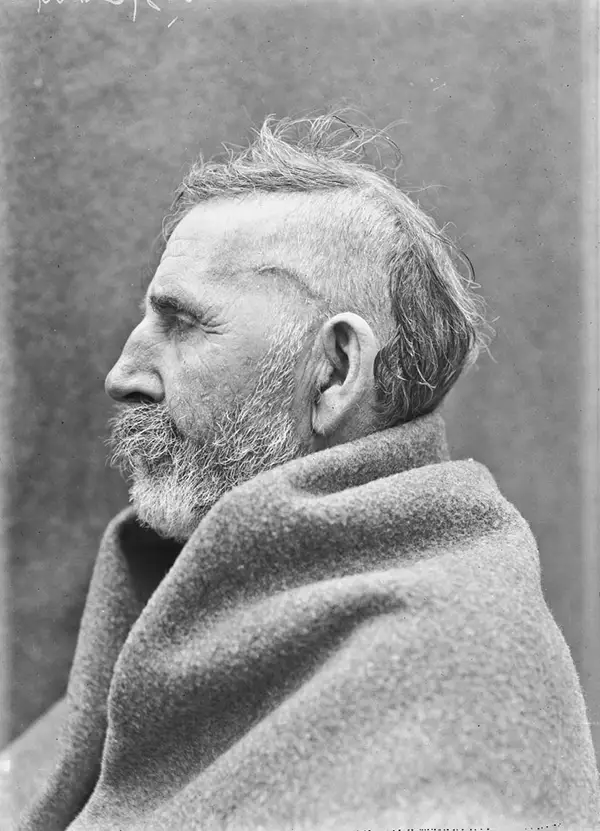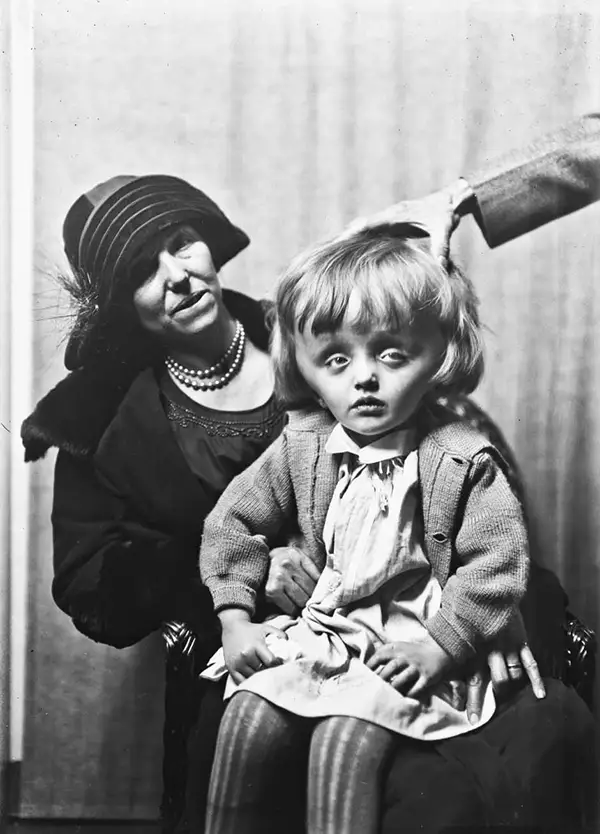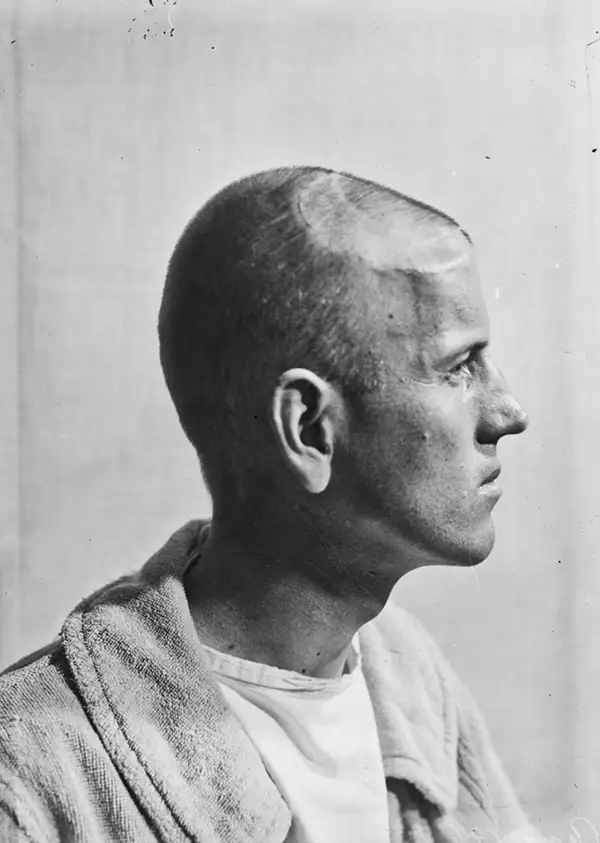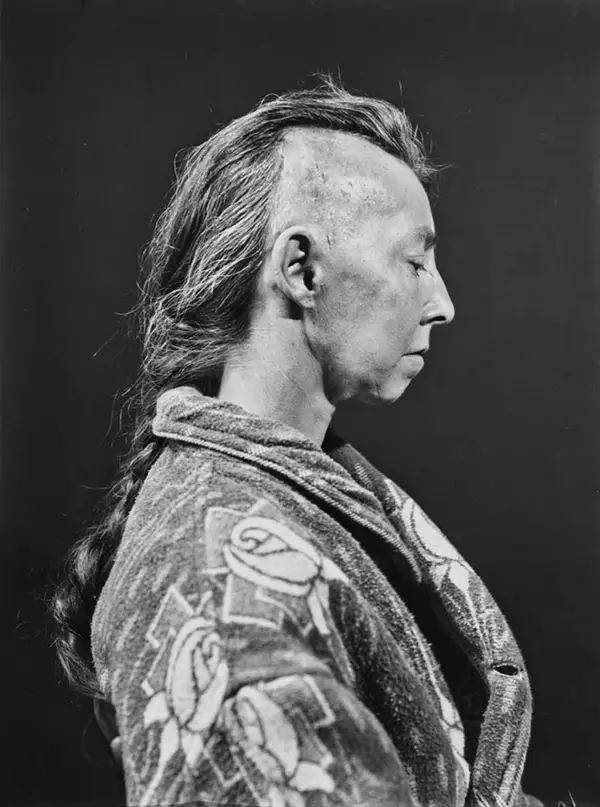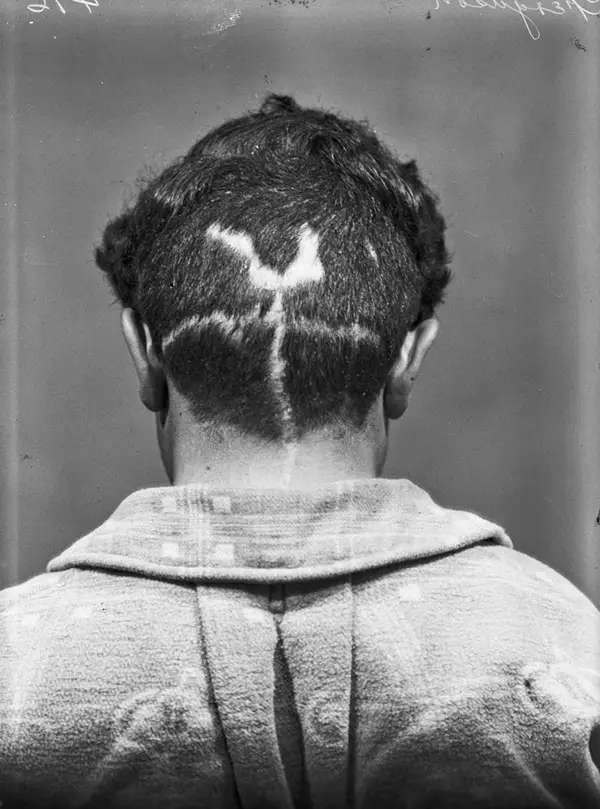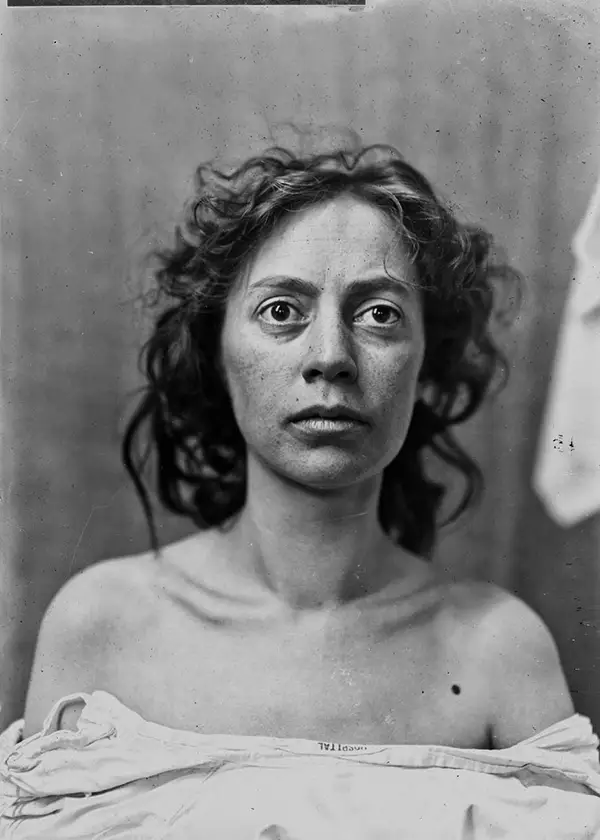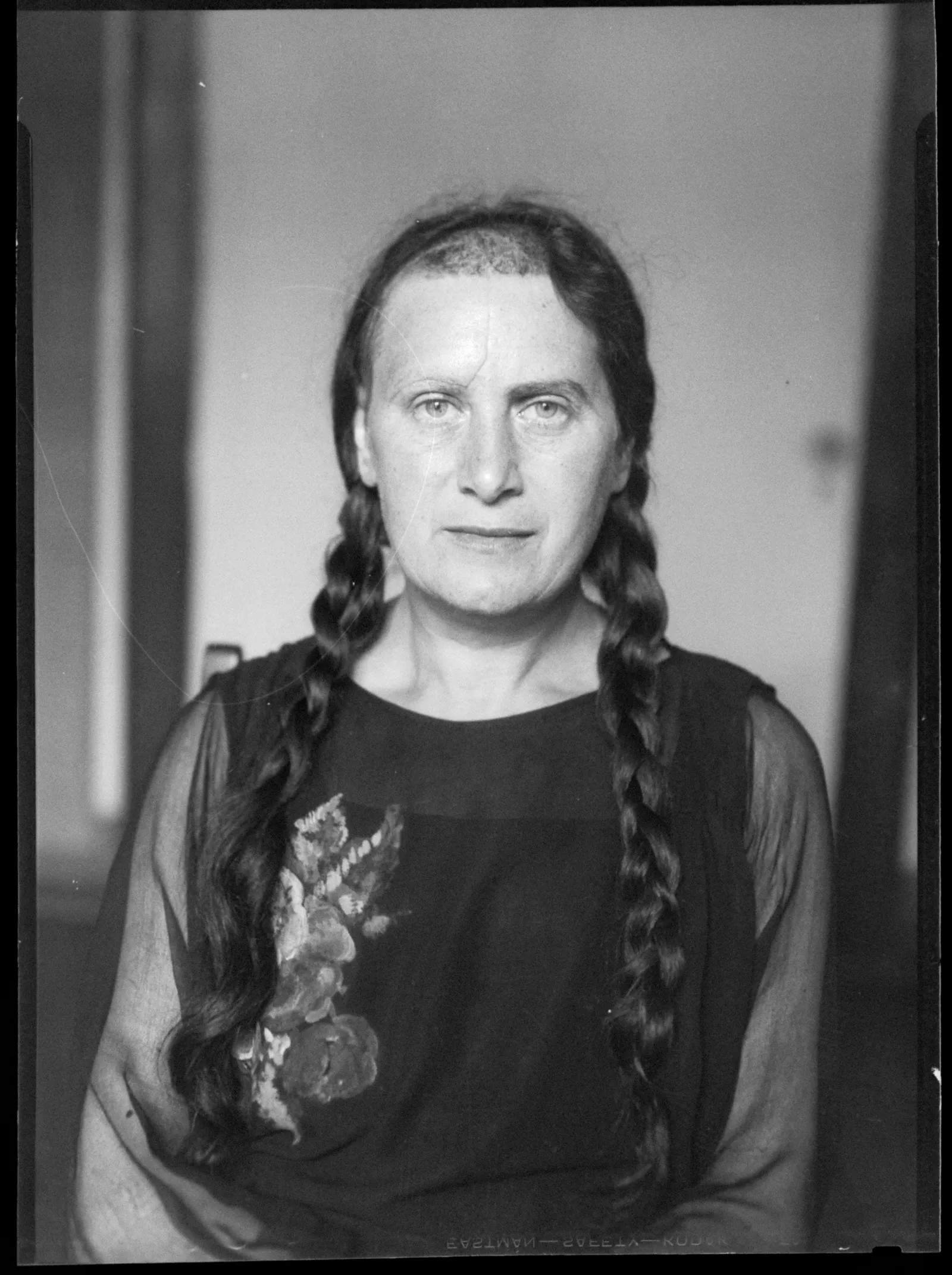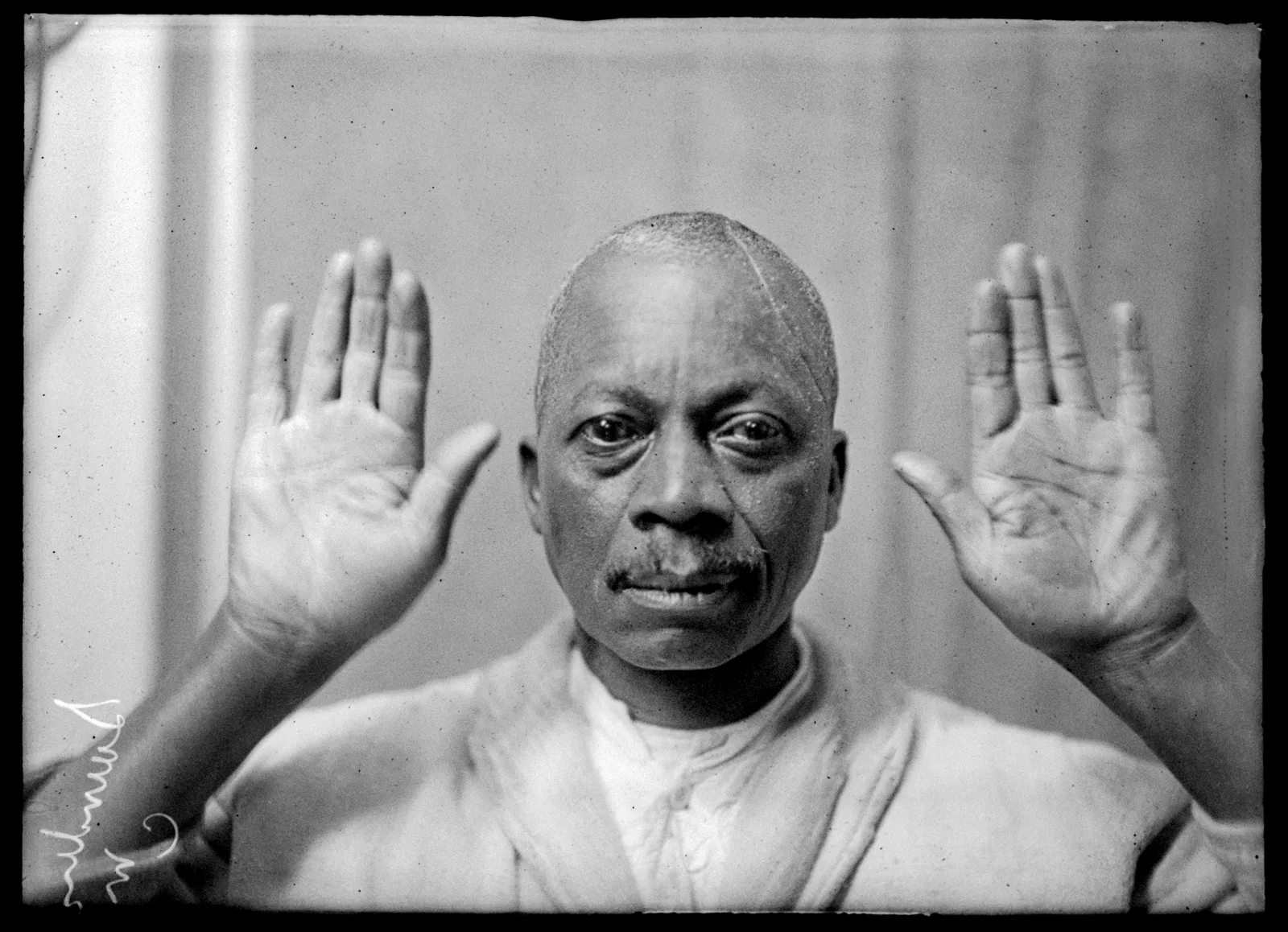Dr Harvey Cushing: The Pioneer Who Transformed Brain Surgery and Neuroscience

Dr Harvey Cushing may not be a household name, but his influence on modern medicine, particularly in the field of neurosurgery, is profound. Born in 1869 in Cleveland, Ohio, Cushing’s contributions to medical science reached far beyond the operating room. From advancing surgical techniques to laying the groundwork for neurology, his innovations remain central to medical practices even today. With a career that spanned over three decades, Cushing not only pushed the limits of what was medically possible but also meticulously documented his work, leaving behind an invaluable legacy of knowledge and artistry.

A Medical Prodigy in the Making
Cushing was educated at some of the most prestigious institutions of his time. After completing his undergraduate studies at Yale, he went on to Harvard Medical School, where he would be deeply influenced by figures like Dr. William Osler, a mentor and later the subject of a Pulitzer Prize-winning biography penned by Cushing himself. His clinical acumen, coupled with an insatiable curiosity, propelled him into the specialised world of neurosurgery—a field that, in the early 20th century, was largely experimental and fraught with high risk.
Early Brain Surgery and Revolutionary Techniques
When Cushing began his medical career, brain surgery was an uncharted frontier. Neurological patients often faced bleak outcomes due to a lack of advanced diagnostic and surgical techniques. Cushing was determined to change this, pioneering methods that would later become foundational in neurosurgery. One of his most significant contributions was the use of X-rays to diagnose brain tumors, a technique that allowed him to accurately locate abnormalities within the skull without invasive procedures. This innovation alone marked a turning point in neurological diagnostics, enabling surgeons to operate with precision previously unachievable.

Cushing also contributed to the development of the electro-cautery device, which became essential for controlling bleeding during surgeries. By sealing blood vessels as they were cut, electro-cautery reduced blood loss—a major risk in brain surgery at the time—and increased the likelihood of patient survival. This invention underscored Cushing’s commitment to improving surgical outcomes and showcased his practical approach to problem-solving in high-stakes environments.
A Photographic Legacy: The Patient Portraits
One of the most haunting aspects of Cushing’s legacy lies in the photographic archive he left behind. Between 1900 and 1932, Cushing and his team captured around 10,000 black-and-white images of patients, meticulously documenting their conditions before and after surgery. These images, now regarded as pioneering examples of medical documentation, reveal the physical toll of neurological diseases and the transformative power of Cushing’s work. Each portrait tells a story of suffering, resilience, and medical intervention, offering a unique glimpse into the history of early neurosurgery.
Cushing’s archive is not only a testament to his dedication but also a valuable historical record. He amassed over 15,000 photographic negatives, mostly on glass plates and film, which were preserved alongside a vast collection of brain and tumor specimens. By the time he joined Yale University in 1934, his collection had grown to include more than 2,200 case studies—a veritable treasure trove for medical research that continues to offer insights into the evolution of neuroscience.
Cushing’s Disease and Endocrinology Breakthroughs
While Cushing is primarily celebrated for his work in neurosurgery, his contributions extended to endocrinology as well. In 1912, he identified a hormonal disorder linked to the pituitary gland, which he called “polyglandular syndrome”. Today, this condition is widely known as Cushing’s disease, characterised by excessive cortisol production. His discovery illuminated the relationship between the pituitary gland and hormonal regulation, opening new avenues for understanding and treating endocrine disorders. This work underscored Cushing’s holistic approach to medicine, demonstrating his belief in addressing the root causes of illness.
Advancing Diagnostics: The Sphygmomanometer
Cushing’s legacy is also seen in his influence on diagnostic practices. During a visit to Italy, he encountered Scipione Riva-Rocci’s sphygmomanometer, an instrument that measured blood pressure through a non-invasive method. At the time, blood pressure measurement was not widely adopted in North America, but Cushing recognised its potential for improving patient care. By introducing this device to American medicine, he made blood pressure monitoring a standard diagnostic tool—a practice that remains essential to routine health assessments today.

Innovations in Surgical Instruments and Techniques
Throughout his career, Cushing continually refined the tools of his trade, designing surgical instruments that are still in use. Among the most notable are Cushing forceps and the Cushing ventricular cannula. The forceps, designed to grip the thick tissues of the scalp, offered surgeons greater control during cranial surgeries. Meanwhile, the ventricular cannula allowed doctors to access the brain's ventricles and drain cerebrospinal fluid, a crucial step in managing conditions like hydrocephalus.
Cushing’s innovations extended to the battlefield as well. During World War I, he developed a surgical magnet capable of safely removing shrapnel from soldiers’ heads, an achievement that reflected both his skill as a surgeon and his commitment to aiding wounded servicemen. This invention underscored Cushing’s adaptability, as he applied his expertise in neurosurgery to meet the demands of wartime medicine.
Literary Pursuits and the Legacy of William Osler
In addition to his surgical achievements, Cushing was an accomplished writer. His biography of Dr. William Osler, published in 1925, won the Pulitzer Prize and remains a significant work in medical literature. Through his writing, Cushing sought to document the lives and contributions of his contemporaries, preserving their impact on the medical field for future generations. This literary achievement further cemented his legacy, revealing his respect for the history of medicine and his dedication to celebrating the contributions of others.

Legacy and Influence on Modern Medicine
By the time of his death in 1939, Dr Harvey Cushing had not only revolutionised neurosurgery but also broadened the understanding of various medical disciplines. His relentless pursuit of knowledge and improvement in surgical techniques laid the groundwork for generations of neurosurgeons who followed. From his meticulous case records to the thousands of patient portraits, his archives remain an invaluable resource for medical researchers, offering insights into early 20th-century neurology.
Cushing’s life and career illustrate the profound impact that a single individual can have on a field as complex as medicine. His contributions—whether through the development of new surgical instruments, the discovery of Cushing’s disease, or the standardisation of blood pressure measurement—continue to shape the way we understand and treat neurological conditions today. Through his pioneering work, Dr Harvey Cushing remains a towering figure in the annals of medical history, his influence indelibly woven into the fabric of modern healthcare.







